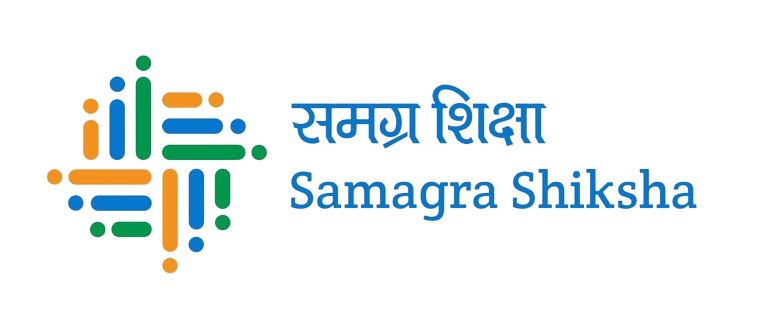History of Samagra Shiksha in Uttar Pradesh
The implementation of Samagra Shiksha in Uttar Pradesh is a significant chapter in the state's educational reforms. This integrated scheme, launched nationwide in 2018, represents a consolidation of previous educational initiatives, namely the Sarva Shiksha Abhiyan (SSA), Rashtriya Madhyamik Shiksha Abhiyan (RMSA), and the Teacher Education (TE) program. The goal was to create a unified and holistic framework for school education from pre-primary to senior secondary levels.
Pre-Samagra Shiksha Era
Before the introduction of Samagra Shiksha, Uttar Pradesh, like many other states, implemented separate schemes for different educational levels and aspects. The Sarva Shiksha Abhiyan (SSA), launched in 2001, was the primary program for universalizing elementary education. It aimed to increase enrollment, reduce dropout rates, and improve the quality of elementary education. The Rashtriya Madhyamik Shiksha Abhiyan (RMSA), initiated in 2009, focused on expanding and improving secondary education. The Teacher Education (TE) program aimed at enhancing the quality of teachers through systematic training and development initiatives.
Integration and Launch of Samagra Shiksha
Recognizing the need for a more streamlined and efficient approach, the Government of India launched the Samagra Shiksha scheme in 2018. This scheme brought together the previously fragmented educational initiatives into a single comprehensive program. In Uttar Pradesh, the scheme was adapted to address the state's specific educational challenges and opportunities.
Key Milestones and Implementation
Initial Phase (2018-2019): The first phase of Samagra Shiksha in Uttar Pradesh focused on setting up the necessary administrative and infrastructural frameworks. This included aligning the state's educational policies with the new scheme's objectives and integrating data systems like UDISE+ for better monitoring and evaluation.
Infrastructure and Access: One of the significant early achievements was the substantial improvement in school infrastructure. The state government, under the Samagra Shiksha umbrella, undertook extensive construction and upgradation projects. These projects included building additional classrooms, science and computer labs, libraries, and essential facilities such as drinking water, sanitation, and ramps for students with special needs.
Quality and Inclusivity Enhancements: The program also emphasized teacher training and capacity building. The NISHTHA program was rolled out, providing integrated training to educators at various levels. Special attention was given to inclusive education, with provisions for children from marginalized communities, including Scheduled Castes, Scheduled Tribes, and children with disabilities.
Technological Integration and Digital Education: Uttar Pradesh embraced the digital initiatives under Samagra Shiksha, promoting the use of ICT in classrooms. The DIKSHA platform became a crucial tool for providing digital content and resources to both teachers and students.
Focus on Vocational Education: Recognizing the importance of vocational training, the state incorporated vocational courses into the curriculum at the secondary and senior secondary levels. This initiative aimed to equip students with practical skills and prepare them for the workforce.
Challenges and Continued Efforts
Despite significant progress, the implementation of Samagra Shiksha in Uttar Pradesh has faced challenges, including addressing the educational needs of a large and diverse student population. Efforts are ongoing to improve the quality of education, reduce dropout rates, and ensure that all children, regardless of their socio-economic background, have access to quality education.
Current Status and Future Directions
Today, Samagra Shiksha continues to play a pivotal role in transforming the educational landscape of Uttar Pradesh. The state government remains committed to the scheme's goals, working towards universal access to quality education, enhancing the quality of teaching and learning, and promoting inclusive education. The program's future directions include further integration of technology, expansion of vocational training opportunities, and continuous professional development for educators.
Samagra Shiksha in Uttar Pradesh stands as a testament to the state's dedication to improving educational outcomes and providing every child with the opportunity to succeed.













